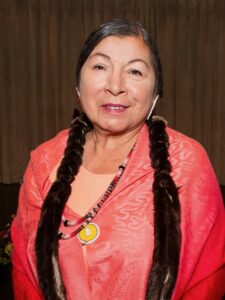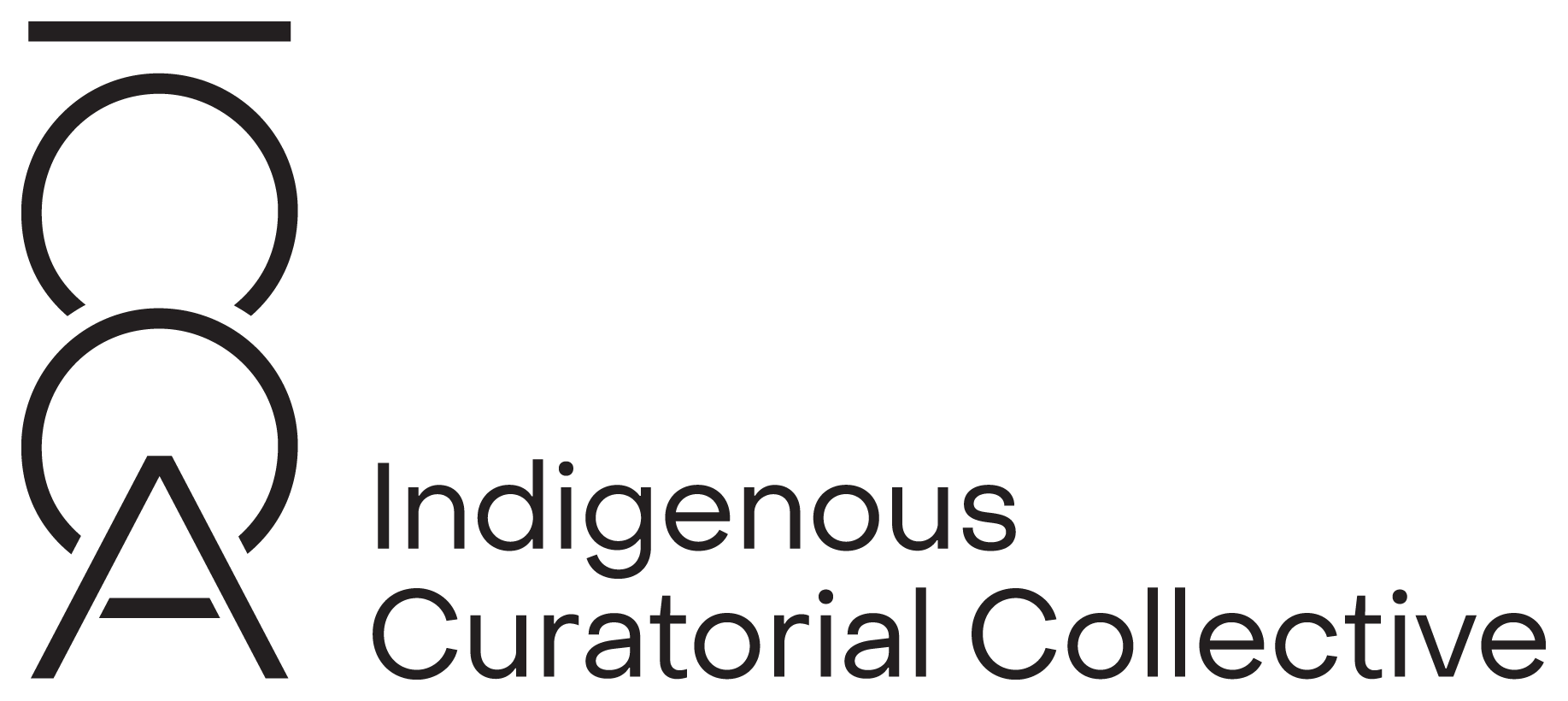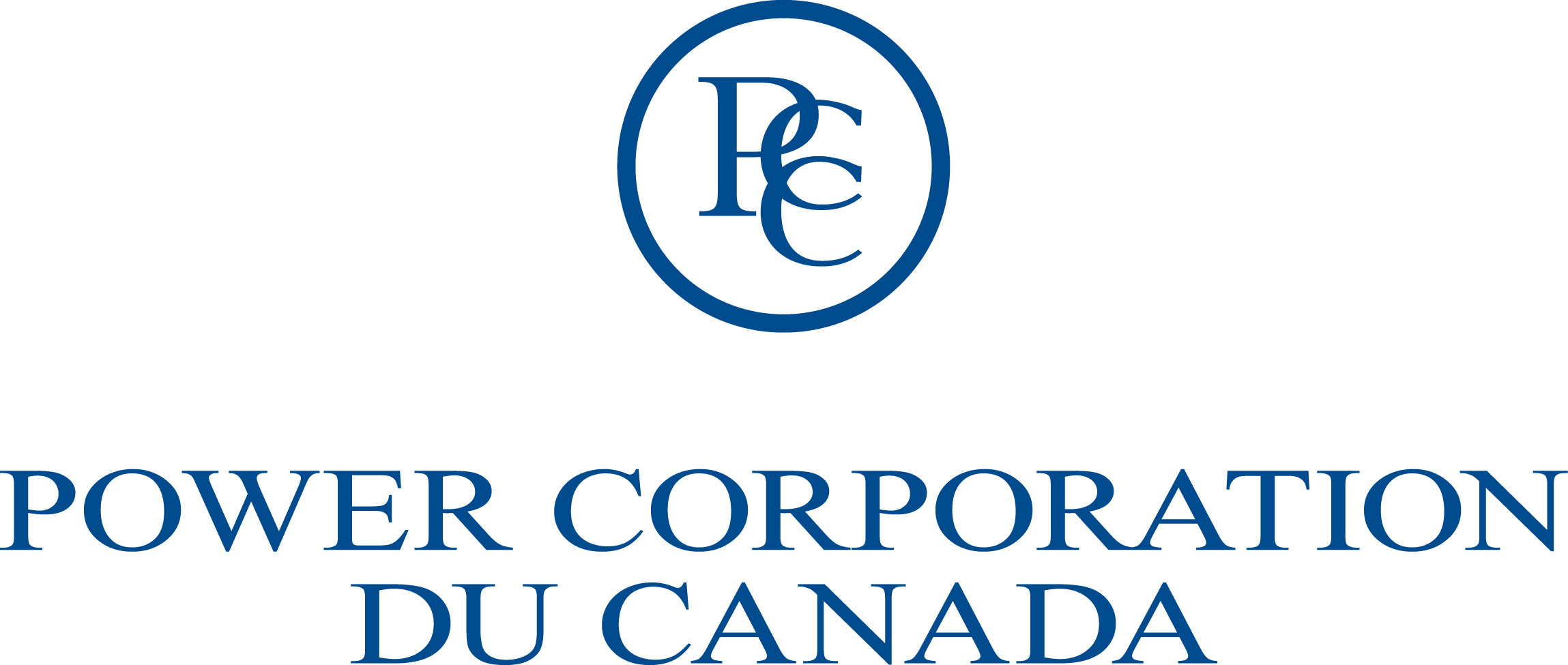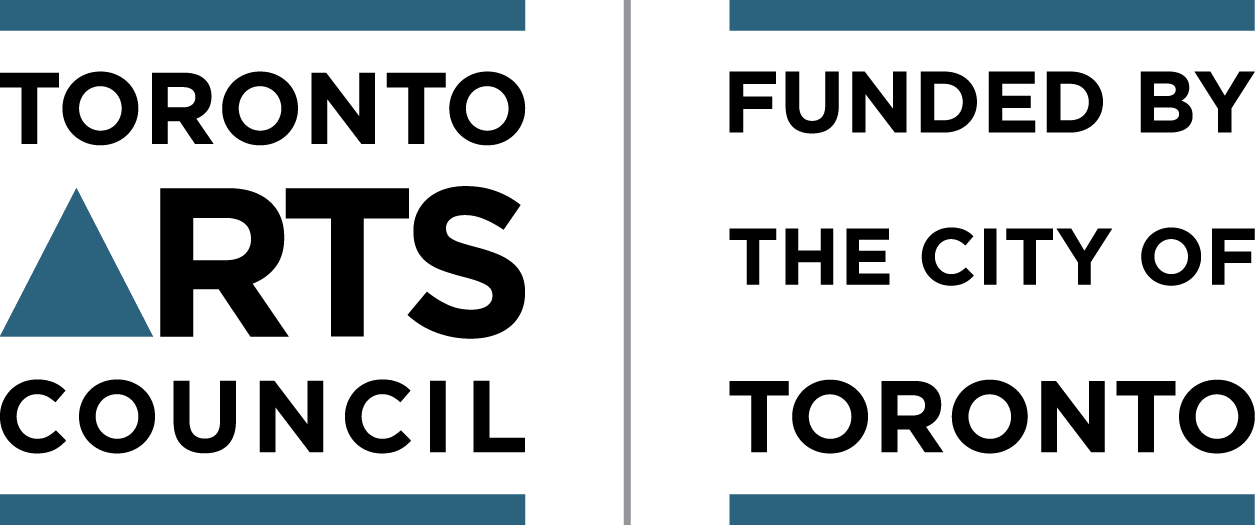The Malady of the Jingle Dress?
by Karen Pheasant
Is it possible for globalization to impact ‘traditional’ practice and expression? You may think this is a typo, to read ‘melody,’ as oppose to the malady of the Jingle Dress Dance, but you read correctly. Because of the nature of this topic, I have included an expansive introduction, as well as a brief history of pow-wow culture in an attempt to capture an appreciation of the style of the Jingle Dress dance and its pathology. Included in this discourse are value judgements to gauge the animation of this current cultural dance phenomenon. The Jingle Dress dance is meant to express a myth important to Ojibwa culture.The word myth is defined by Barthes as:
A story about superhuman beings of an earlier age, of ancient Egypt, Greece or Rome. But the word ‘myth’ can also mean fictitious, unproven or illusory thing… [Or] myths that circulate in everyday life which construct the world for us and our place in it (Barthes, 1970 p. 227).
In another article, Bathes continues:
…that myth is a system of communication, that it is a message…it is a mode of signification, a form…Myth is not defined by the object of its message, but by the way in which it utters this message: there are formal limits to myth, there are no ‘substantial’ ones. (Barthes, Mythologies Trans.Lavers, 1984 p.)
Prior to the Civil Rights movement, First Nations people generally hid their identity. My mother, who was born in 1933, shares a childhood story: she watched her father clean his dark stained hands with coal oil and saw his skin become fair from the use of the oil; she furtively waited for a moment alone in the house to repeat the process. The room was cold, so she sat by the woodstove; as she rubbed the oil over her body, she was caught off guard by her stunned mother—this was all in the name of desiring an image of being fair skinned. That was almost seventy years ago, when First Nations people were shamed because of their identity. Fast forward to the twenty-first century and a dramatic change in attitude within First Nations occurs. Pride, dignity and showcasing abound on and off reserve, regardless of whether one is a status Indian (federally recognized First Nation) or one of ‘Aboriginal descent’ (a measure of Indian blood in their heredity).
I am from Manitoulin Island, home of the Three Fires Confederacy—Ojibway, Odawa and Pottawatimi—the island has an abundance of Native cultural artistry excellence, ranging from arts and crafts to performing arts, multi-media and visual arts. Identification of these marketable attributes is promoted by Aboriginal tourism economic development projects all across Canada, creating economic and cultural explosions of re-capturing cultural identity.
Within the recent upsurge of native cultural identity is a new populace of cultural enthusiasts. A common venue of cultural expression is the Pow-wow genus, a contemporary First Nation cultural movement started within the past one hundred years. The nucleus of pow-wow culture is within the people who gather to trade, feast, drum and—a key focus—a call/response relationship between dancers and the songs of the drum. Originally First Nation dance entailed more than a showcase of cultural identity, but as described by the Banff Centre Artistic Director, Marrie Mumford of the Aboriginal dance program: “Traditionally dance has both a cultural and spiritual significance. Dance, story, song, and drumming are interrelated – they are not exclusive of one another” (cited in Shea Murphey 141). Within the Pow-wow genus, one of the dances is the Jingle Dress dance; originating with the Ojibwa people of the Western Great Lakes, it has a story of origin:
The Jingle dress and dance were given to the Anishnaabeg sometime soon after the end of World War I through the medium of [Maggie] White’s father’s vision…which, [she]…was sick with no signs of recovering, so her father, he sought a vision…In that vision he was shown how to make a dress and perform a dance…and she and the other three girls became the nucleus of the Jingle Dress Dance Society. (Browner 54)
Historically the pow-wow culture became a popular social time, particularly after the change in the Indian Act in 1951 that allowed First Nations their cultural practices. This has been the intent of the pow-wow movement, to be a place of cultural celebration.
Prior to the mid- 80’s, the Jingle Dress Dance was conducted only by the “rules of the society [that] were drawn from traditional Ojibwe women’s values and concepts of the role of women…[anyone] who wished to join the society was to be of good moral character and role model of proper behaviour” (Browner 54). As well, the dance entailed a function as a ‘healing’ dress, and held historical value, as decided in a Supreme court decision that “recognized dance as not only a central and legally valid form of Aboriginal culture, but also a type of historical documenting” (Shea Murphy 137). The Jingle Dress Dance evolved as a myth of Native culture, particularly of the Ojibwe people. Its significance is not only the representation of Ojibwe mythology, but also representation of a healing exercise, as in the ‘vision’ story above.
The influx of contemporary life affected the origins of the Jingle Dress Dance: first, it became appropriated by other tribal nations, the dress being worn without knowledge of its significance, and then the style became inundated with charlatan ‘dance’ enthusiasts. Secondly, the advent of corporate sponsorship and casino-sponsored events introduced the rivalry for eye-catching showmanship. Finally, a double-edged sword of native pride and artistic recognition railroaded by Aboriginal tourism andmainstream arts inclusion, created a hypertrophy style of presentation, resulting in disparaging consequences.
The Jingle Dress Dance is one category of several for men and women, from children to seniors; and together they provide the quintessential nature of the pow-wow genus in addition to the influence of the drum. A Jingle Dress is not the vehicle for one’s healing journey, nor the ‘show’ of the pow-wow, or, worse yet a sole source of one’s livelihood. An imbalance of cultural integrity mars the significance of the original intentions of the vision of the Jingle Dress Dance. Within the ownership of the Jingle dress originality was a sense of responsibility and “value as a pure function” (Barthes 42).
The malady of the Jingle Dress Dance, as a pow-wow movement style involves three factors. Firstly, the most obvious departure from the original intent of the Jingle Dress Dance is seen in the aesthetic presentation. Traditionally since the ‘dance’ involved spiritual connections, the visual image was gentle, usually primary colours of calico cotton cloth, without extravagant accessories such as beaded hair pieces and eagle feathers. The original focus of the dance was spiritually based in the call/response relationship to the drum.
The current pan-Indian interest in the Jingle Dress Dance has witnessed an explosion of fabricated, pompous, neon coloured, glitzy renditions of the Jingle Dress. Taking away from the simplicity of the Jingle Dress are complicated visual patterns and designs, usually comprised of non-tribal designs although sometimes remnants of popular tribal designs are incorporated within the physical presentation of a Jingle Dress. The emphasis has clearly moved from the spiritual to the entertaining mode.
The next dilemma is similar to the first, in that it regards aesthetic presentation, but it is specific to the movement style of the Jingle Dress dance. The footwork is not the drawing power of this dance; the relationship between the earth dance floor and other dancers, as it relates to the drum song, is the essence of the dance. It is best explained by Inuit dancer Siobhan Arnatsiag-Murphy:
This relationship of dance and memory carries not only the physical sense of dance as something that is learned from others and held and remembered in one’s body. It also carries a spiritual sense in which learning to dance, and the act of dancing, enacts a spiritual and physical connection to other beings, including those who have passed on. (Shea Murphey 138)
Perhaps one could say that if the visual image changes, then the next obvious effect would be a change is in how the dance style is affected: what resulted is a “charismatic hierophant” (Waugh 7) approach in the Jingle Dress Dance. Where once there was smooth, cadenced, gentle body and foot movement—it is now replaced with sharp, convoluted, high-stepping movement. The other extreme position that some ‘dancers’ take is scuffing the feet across the floor, misconstruing this as ‘old style’ Jingle Dress Dance. It is true that skill and creative energies come into play in creation of artistic expression, and is quite stimulating, but the context of the Jingle Dress Dance is taken away: the extrinsic presentation stifles the intrinsic value of the dance.
Last but not least, the final issue with the Jingle Dress Dance regards money. In original times, fellow communities hosted gatherings of celebrations (pow-wows) and would accommodate, host and feed all visitors; along with specials for honour events, where blankets and horses would be ‘given away’. Horses were replaced with gas money, blankets replaced with hotel rooms. This is the reality in contemporary times. The introduction of dance contests for ‘prize’ money generates an altered purpose to the Jingle Dress dance—from wearing it for ‘ceremonial’ purposes, to a drive (literally and figuratively) to win the trophy, and the money that comes with it. This is not to say, that I am making an anti-contest argument. Without a doubt, First Nations have always practiced healthful competition, whether in hunting, warring or in camp responsibilities, such as putting up a tepee or drying meat. Now we all drive vehicles, stay in hotel rooms and do a quick drive-thru for food. To a large degree the days of horse trading and rations at the tepee door are gone.
This is not to deny that accomplished Jingle Dress Dance style enthusiasts exist, who represent the original intent of the visionand its associated expectations. It must be recognized change happens; this is a reality, and with that change comes cultural creative artistry. However, somewhere in the deluge of crossover acceptance of mainstream performance and cultural expression, there has to be equilibrium of cultural integrity and authenticity.
Barthes, Roland. “The Disease of Costume.” Critical Essays.. Ed. Richard Howard. Evanston: Northwestern University Press, 1972
Barthes, Roland. “Myth Today.” Mythologies. Trans. Annette Lavers. Hill and Wang, New York, 1970 (193-247)
Brower, Tara. Heartbeat of the People: Music and dance of the Northern Pow-wow. University of Illinois Press, Chicago (2004)
Shea Murphy, Jacqueline. “Lessons in Dance (as) History.” Dancing bodies, living histories. eds. Lisa Doolittle and Ann Flynn. Banff, Alberta: Banff Centre Press, 2000. 130 – 167
Waugh, Patricia. “Introduction: criticism, theory, and anti-theory.” Literay Theory and Criticism.New York: Oxford University Press 2006 1 – 33
 Karen Pheasant-Neganigwane is an Anishinaabe of the Three Fires Confederacy (Ojibway, Odawa & Pottawatomi). She is a dancer, scholar, writer, artist and orator from Wiikwemikoong, Manitoulin Island, Ontario. Her grandparents, maternal and paternal, are also from Wiikwemikoong. Her parents are residential school survivors. Karen’s path to activism and scholarly work started as a youth during the height of the civil rights era of the ’70s. The social project of Rochdale College (Toronto) led with “idealism, artistic spirit and free speech” provided the embryonic opening for her inquisitive spirit. Shortly after an engaging ceremony with a great Indigenous philosopher and scholar – Dr. Joe Couture- in the early 80’s she left Toronto. She has spent the past forty years being mentored by iconic Indigenous scholars from the Great Lakes of her people to Treaty three, Treaty six and currently in Treaty seven. Her Western education includes a B.A. in Political Science and English Literature, graduate studies in Educational Policy Studies from the University of Alberta. Karen is currently working on her doctorate, on the topic of Indigenous pedagogy and higher learning. Karen is an Assistant Professor at Mount Royal University in the Treaty Seven region. She is cross-appointed to the Department of General Education, Office of Teaching and Learning, and the Department of Humanities–Indigenous Studies. She is also in completion of a PhD in Educational Policy Studies/Indigenous Peoples Education with the University of Alberta.
Karen Pheasant-Neganigwane is an Anishinaabe of the Three Fires Confederacy (Ojibway, Odawa & Pottawatomi). She is a dancer, scholar, writer, artist and orator from Wiikwemikoong, Manitoulin Island, Ontario. Her grandparents, maternal and paternal, are also from Wiikwemikoong. Her parents are residential school survivors. Karen’s path to activism and scholarly work started as a youth during the height of the civil rights era of the ’70s. The social project of Rochdale College (Toronto) led with “idealism, artistic spirit and free speech” provided the embryonic opening for her inquisitive spirit. Shortly after an engaging ceremony with a great Indigenous philosopher and scholar – Dr. Joe Couture- in the early 80’s she left Toronto. She has spent the past forty years being mentored by iconic Indigenous scholars from the Great Lakes of her people to Treaty three, Treaty six and currently in Treaty seven. Her Western education includes a B.A. in Political Science and English Literature, graduate studies in Educational Policy Studies from the University of Alberta. Karen is currently working on her doctorate, on the topic of Indigenous pedagogy and higher learning. Karen is an Assistant Professor at Mount Royal University in the Treaty Seven region. She is cross-appointed to the Department of General Education, Office of Teaching and Learning, and the Department of Humanities–Indigenous Studies. She is also in completion of a PhD in Educational Policy Studies/Indigenous Peoples Education with the University of Alberta.








